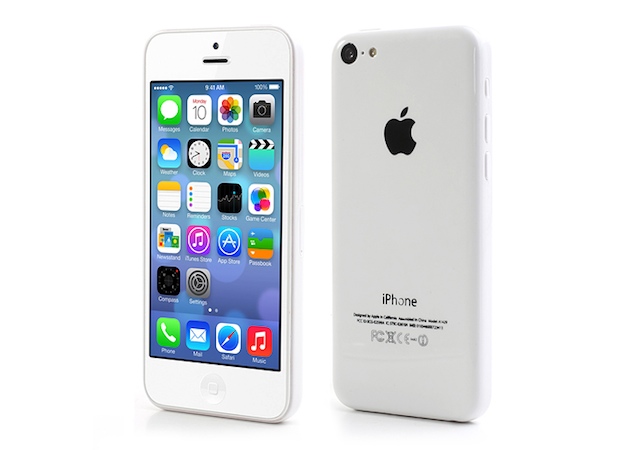Earlier last few days Sony has said that it will launch its Firefox
OS version of Xperia E Smartphone in India, but there is no timeline available right
now on which time it will be launch.
Telephonica will be the first which offers the first commercial
Firefox OS smartphone. This Firefox Os based devices namely, the ZTC Open and
Alcatel One Touch Fire, have hit the store shelves in Spain, and other countries
like Poland, Columbia and Brazil on Tuesday for $90 with a prepared
subscription.
Firefox OS is built around applications that will be written
using a HTML%. It is being pitched as a better alternative for a low-end
smartphones and will complete all head-to head with cheap android phones and
others.
The Open, announced in February at Mobile World Congress said
that, these phones are very basic, and have a 3.5 inch screen display, and are
powered by a 1GHz processor from Qualcomm. This Smartphone also has a 3.2-megapixel
camera and support for Wi-Fi and A-GPS. There is a 512MB of integrated storage memory
and 256MB RAM with micro SD card slot and 2GB card in the package.
On the software side, Firefox OS integrated Facebook, and
Twitter, Nokia’s Here Maps - with features such as offline access - - and, of course,
the Firefox browser, according to Mozilla. The organization also pitches the
platform’s search features: by swiping
to the right users can search for their favorite music artists and get results
to buy songs, concert tickets or start listening to songs instantly, Mozilla
said.
That Telefónica is the
first to offer smartphones based Firefox OS shouldn't come as surprise. The
operator has been the platform's staunchest supporter, and helped create and
distribute two phones for developers, the Peak and Keon, earlier this year. The
Open is the first of a number of Firefox OS devices that will be launched by
Telefónica this year, the operator said. Telefónica expects LG Electronics,
Huawei Technologies and Sony will also offer smartphones based on the platform.
For
€69, Spanish users will get the device as well as a €30 balance and a 4GB
microSD card. Telefónica will also offer Firefox OS phones in Colombia and
Venezuela, it said.
Firefox
OS devices have to be able to compete with Android on price, said Geoff Blaber,
analyst at CCS Insight.
[The
€69 price] is probably more competitive that I had anticipated, and it is a
strong statement of intent. But the challenge is that Android is well below
that price point," he said.
Deutsche
Telekom isn't announcing any details on its Firefox OS launch, but the operator
is planning to host an event in Poland on July 11 where it will provide more
details, a spokesperson said via email. Norwegian operator Telenor will launch
its first Firefox OS phones in Central and Eastern Europe this year, according
to Mozilla.
To
succeed Firefox OS needs strong backing from mobile operators.
"We
are seeing that from Telefónica and Deutsche Telekom, but the question is if we
are going to see other carriers embrace the platform at a strategic
level," Blaber said.
Mozilla
also has to convince users that betting on an unproven platform is a step worth
taking, and part of that is both the quantity and quality of apps, he said. It
has to show HTML5 can deliver the richness today's smartphone buyers expect,
and for the vast majority of apps Blaber suspects it can, he said.
But
for that to happen Mozilla will have to attract developers. A recent survey
conducted by IDC and cross-platform tool vendor Appcelerator suggests that the
platform is off to a good start. About 25 percent of the respondents said they
were very interested in Mozilla's platform, compared to 19 percent for Ubuntu
and only 9 percent for Tizen, two smartphone OSes that will start competing
with Firefox OS later this year.
However,
that is still a long way behind Apple's iOS and Google's Android. About 87
percent of respondents said they were very interested in iOS and 78 percent
showed the same level of interest for Android, so Mozilla and the other backers
of Firefox OS still have a lot of work to do.







